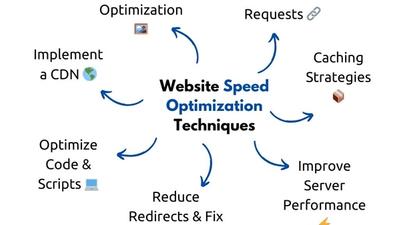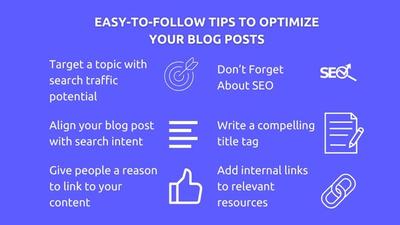Learn more about keyword research strategies

ByteSimple
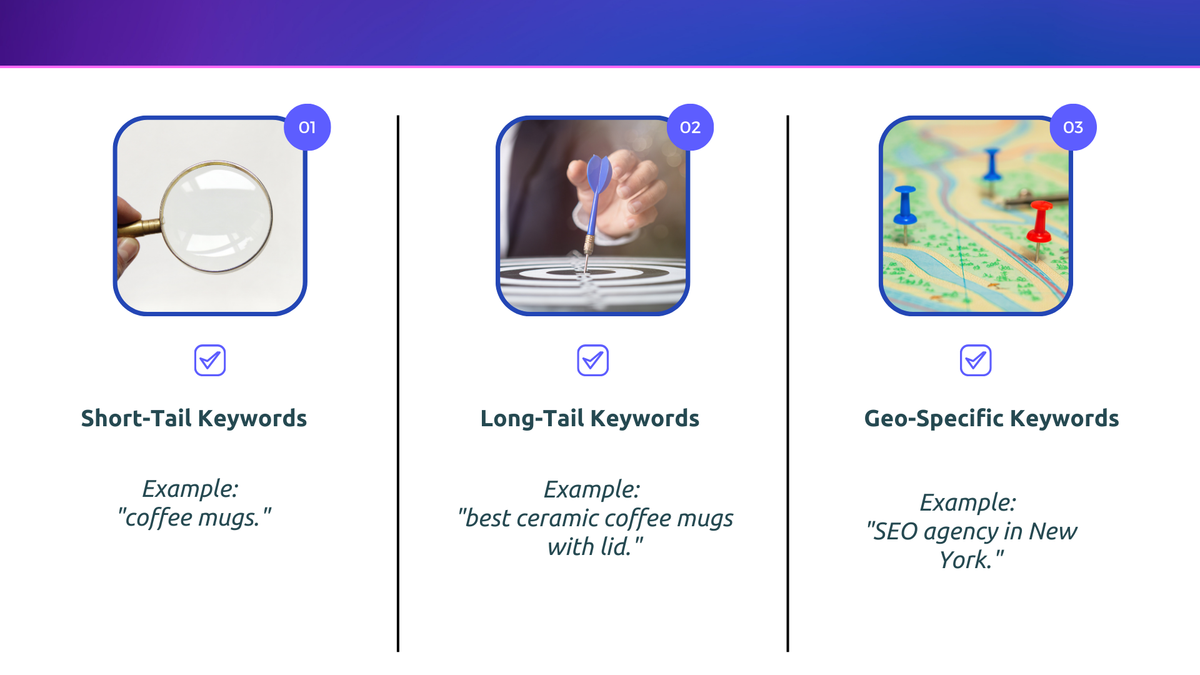
Introduction
Keyword research is the foundation of a strong SEO strategy. Without the right keywords, even the most well-written content will struggle to rank and attract the right audience. Identifying and using the best keywords ensures that your content reaches the people actively searching for it.
This guide provides a step-by-step approach to keyword research, covering the essential strategies, tools, and common mistakes to avoid.
Why Keyword Research Matters
Effective keyword research does more than just help with rankings. It provides insight into audience behavior and guides content creation to meet user intent. Choosing the right keywords allows you to:
- Attract highly relevant traffic by targeting what users are actively searching for.
- Improve search rankings by optimizing for the right keywords.
- Enhance content value by addressing real user needs.
For example, writing about "coffee mugs" when users are searching for "ceramic travel mugs" could result in missed opportunities. A well-researched keyword strategy prevents this misalignment.
The Three Core Elements of a Keyword Strategy
A strong keyword research strategy is built on three essential pillars:
1. Relevance
Your content must align with what your audience is searching for. Search engines prioritize pages that best answer user queries. If your content is not relevant, it will struggle to rank, regardless of optimization.
2. Competition
Highly competitive keywords (e.g., “best laptop”) are difficult to rank for, especially for newer websites. Starting with low-competition, high-intent keywords helps build rankings over time.
3. Authority
Google prioritizes trustworthy content from reputable sources. Establishing expertise and credibility through high-quality content and backlinks increases the likelihood of ranking for competitive keywords.
Actionable Tip: Use a mix of short-tail and long-tail keywords to improve search visibility.
Types of Keywords and How to Use Them
1. Short-Tail Keywords
- Example: "SEO tips"
- Pros: High search volume, broad reach.
- Cons: Highly competitive and difficult to rank for.
2. Long-Tail Keywords
- Example: "Best free keyword research tools for beginners"
- Pros: Lower competition, higher conversion rates, more targeted intent.
- Cons: Lower search volume, but often more valuable for rankings.
3. Branded Keywords
- Example: "ByteSimple keyword strategies"
- Why They Matter: These strengthen brand recognition and authority in search results.
4. Geo-Specific Keywords
- Example: "SEO services in New York"
- Best for: Businesses targeting local audiences or specific markets.
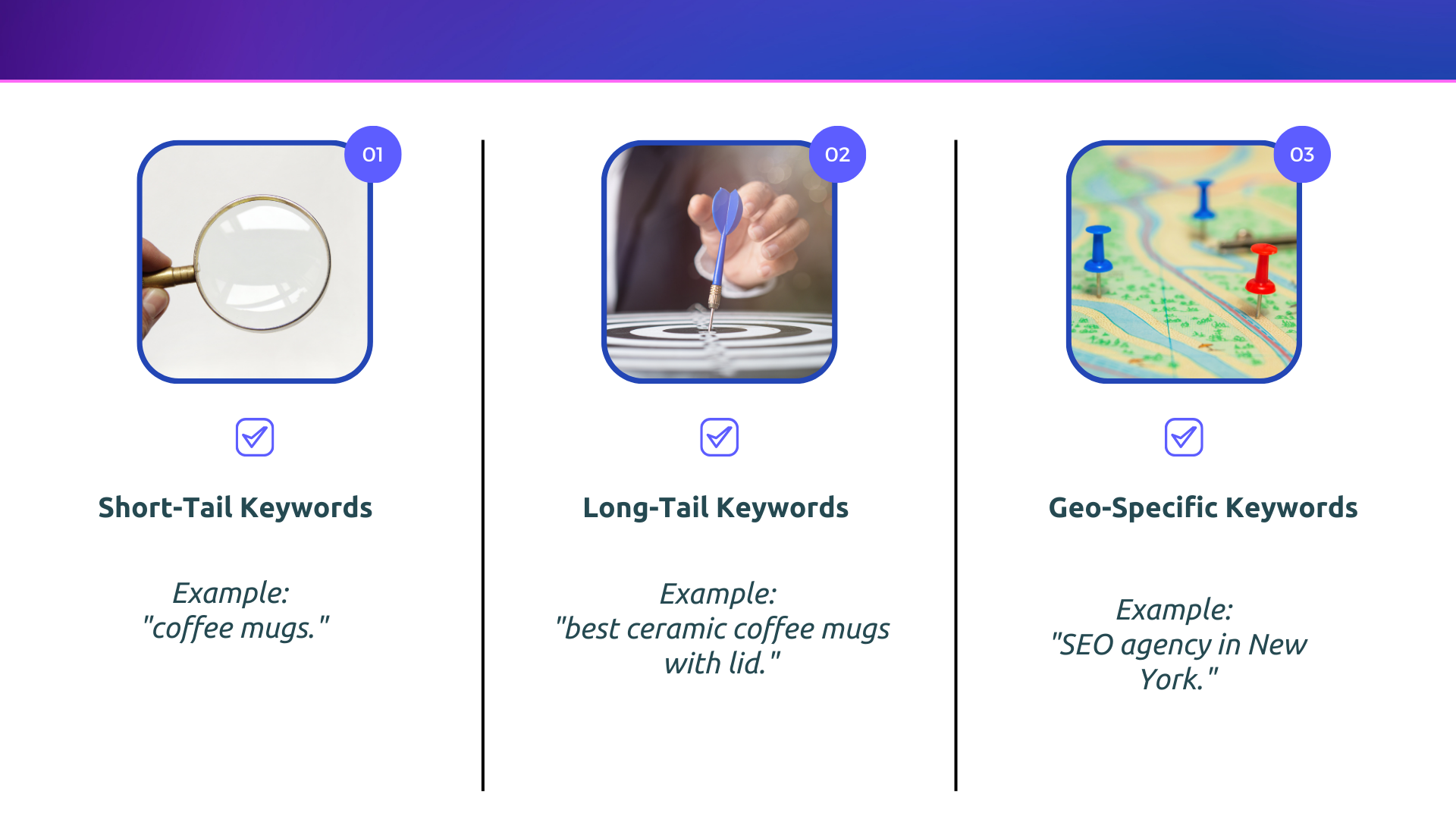
Keyword Research Tools to Streamline Your Process
Manually finding the right keywords can be time-consuming. These tools help simplify the process:
1. Google Keyword Planner
Free tool providing search volume and competition data
Best for : Beginners & general keyword research
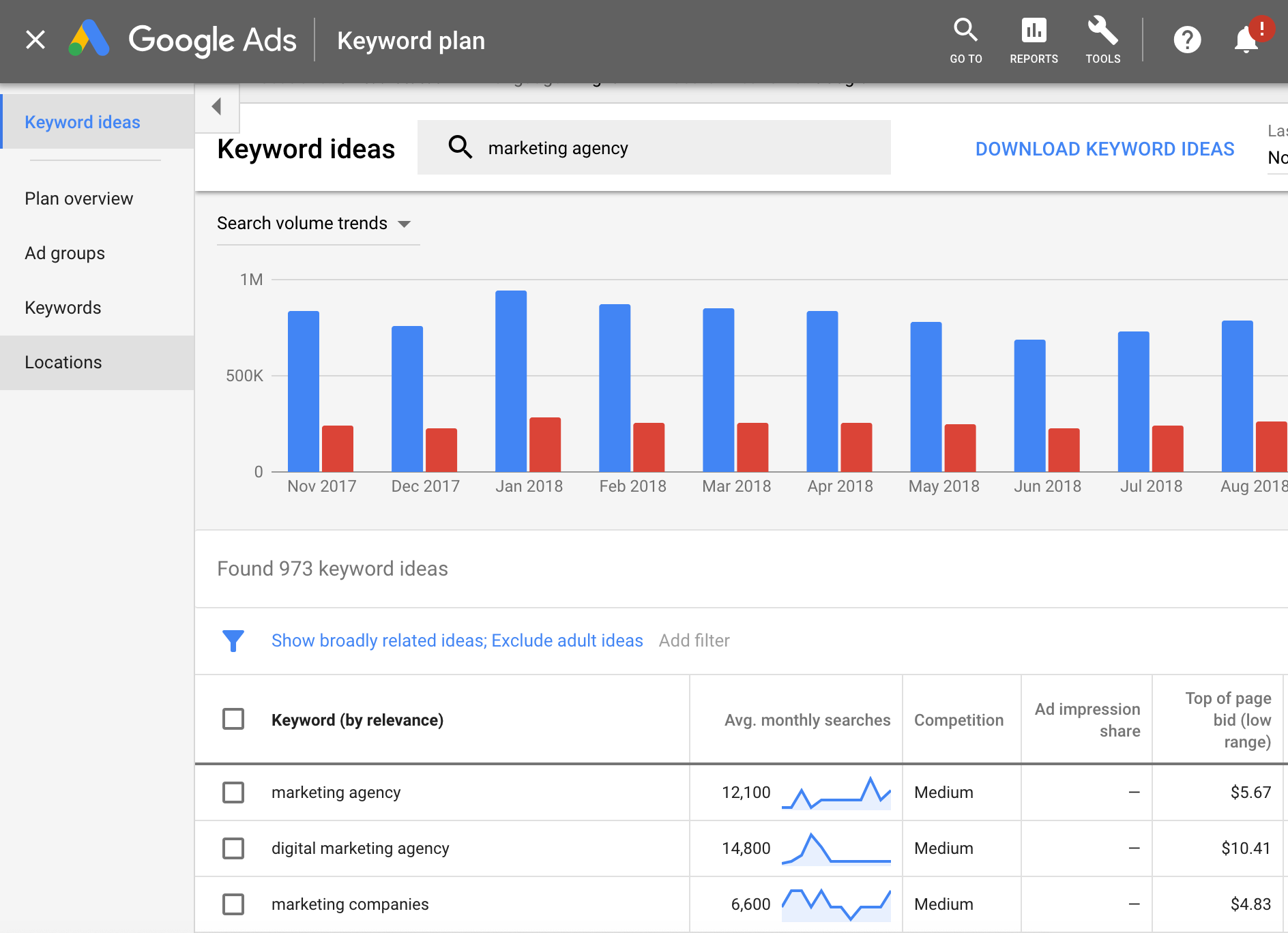
2. Ahrefs & SEMrush
Advanced keyword analysis, competitor tracking, backlink research
Best for: SEO professionals
3. AnswerThePublic
Generates question-based keywords for content ideas
Best for: Content marketing
Using a combination of these tools provides a data-driven approach to keyword selection.
Step-by-Step Guide to Building a Keyword Strategy
How to Do Keyword Research for SEO (Like a Pro)
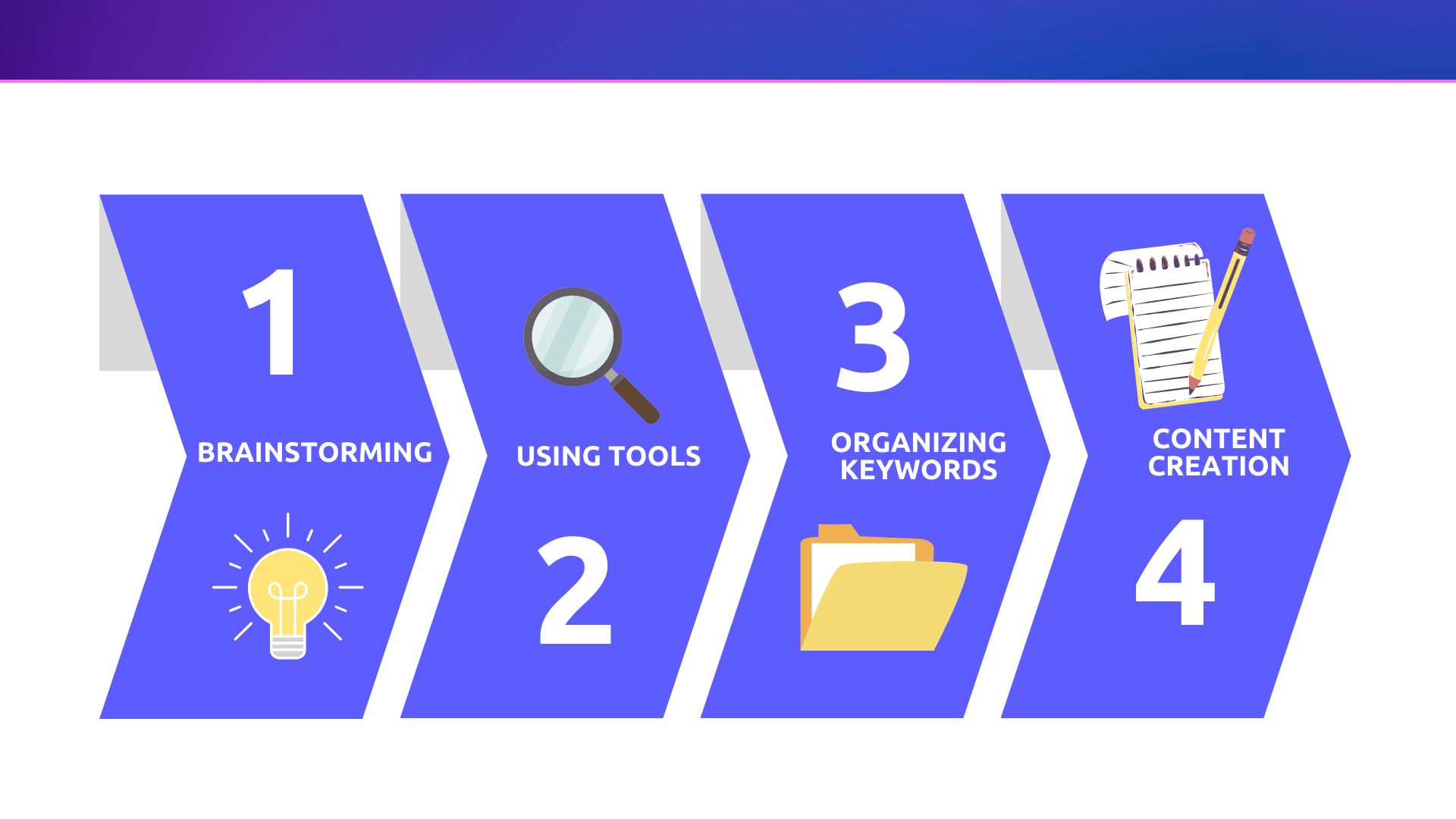
Step 1: Understand Your Audience
- Identify common questions, pain points, and interests in your niche.
- Analyze what your competitors are ranking for.
Step 2: Use Research Tools to Identify Keywords
- Use Google Keyword Planner or SEMrush to find search volume and competition levels.
- Look for long-tail keywords with lower competition but strong user intent.
Step 3: Organize Keywords into Clusters
- Example: If targeting "image SEO," group related keywords like "alt text best practices" and "image compression tools."
- This approach improves content structure and internal linking for SEO.
Step 4: Optimize Content with Keywords
- Include keywords naturally in the title, headings, and meta descriptions.
- Avoid keyword stuffing, which can harm rankings.
Mistakes to Avoid in Keyword Research
Even a strong keyword strategy can fail if common mistakes are made:
1. Keyword Stuffing
- Overloading content with keywords makes it unreadable and negatively impacts rankings.
- Instead, use natural keyword placement throughout the content.
2. Ignoring Search Intent
- Ensure content matches what users expect when they search for a keyword.
- Example: A user searching for "best DSLR cameras" likely wants a comparison, not just product descriptions.
3. Skipping Long-Tail Keywords
- Long-tail keywords are easier to rank for and often lead to higher conversion rates.
- Many businesses overlook their potential by focusing solely on high-volume keywords.
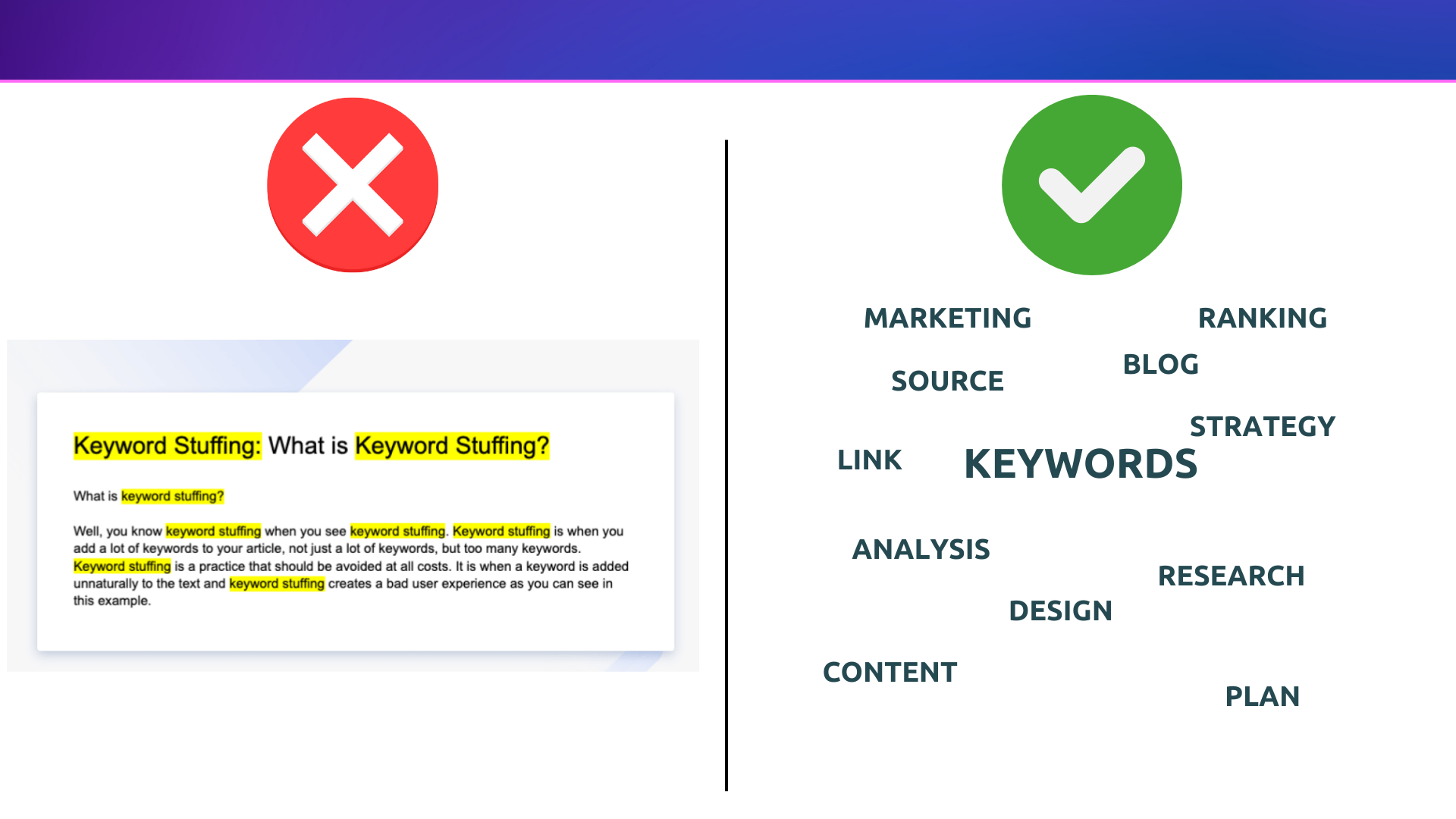
The Role of Backlinks in Keyword Rankings
Backlinks are an essential factor in SEO, signaling to search engines that your content is authoritative and trustworthy.
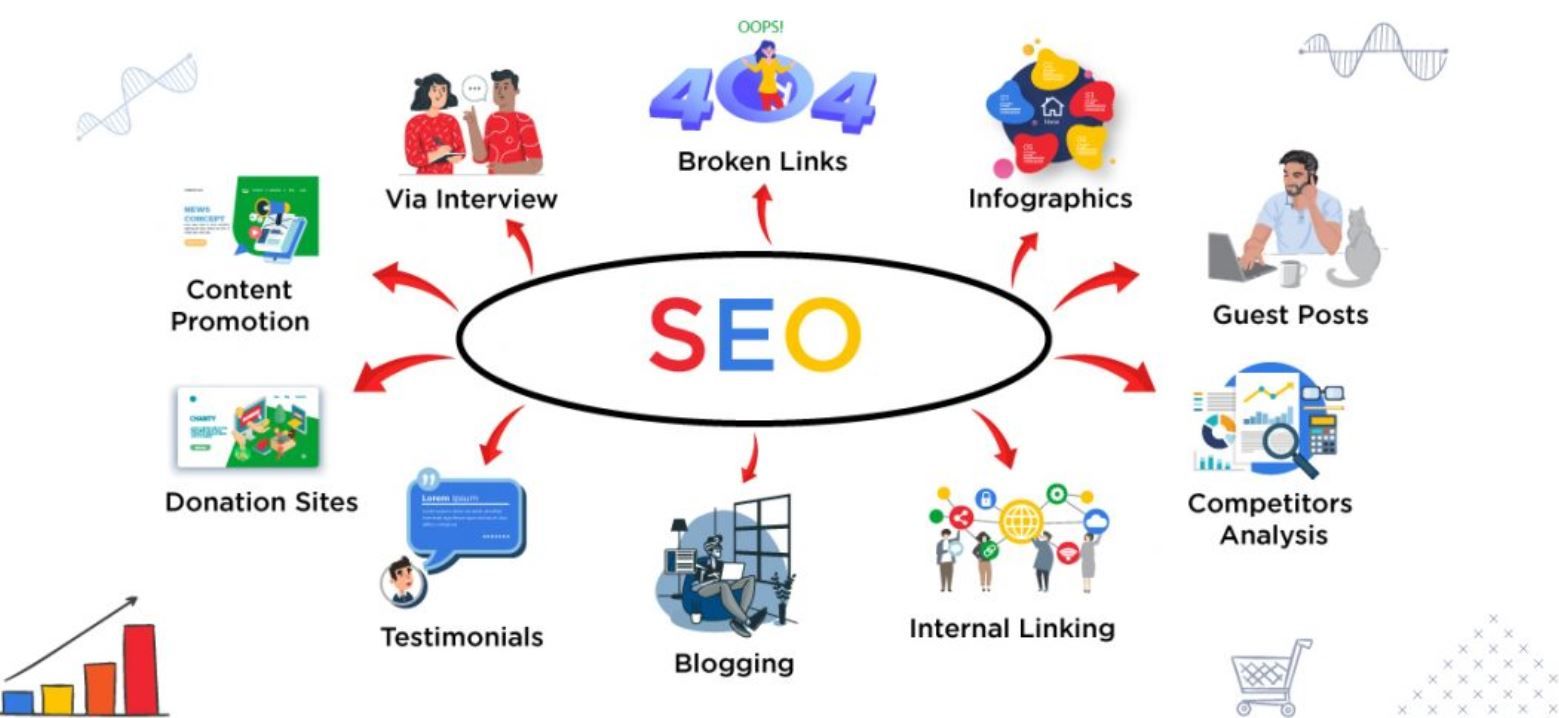
How to Earn Backlinks:
- Create High-Quality, Shareable Content – Guides, case studies, and infographics attract links.
- Outreach to Industry Websites – Connect with bloggers and websites for guest posting opportunities.
- Leverage Internal Linking – Strengthen rankings by linking to relevant articles within your site.
A strong backlink strategy combined with keyword optimization significantly improves search visibility.
Next Steps: Applying Your Keyword Research Strategy
Start by selecting one or two focus keywords, optimize an existing blog post, and track its performance. Keyword research is an ongoing process, but refining your approach over time will lead to consistent traffic growth.
Want to Learn More?
Contact us today for a free consultation, or check out our Complete Guide to SEO Optimization for more tips.
